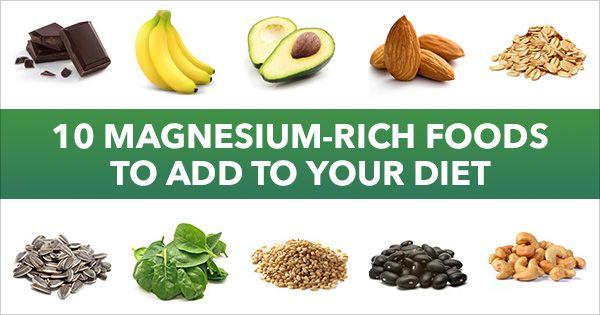Delicious Foods Rich in Magnesium
Is your morning coffee just not strong enough to keep you energized throughout the day? Do you find yourself reaching for those high-sugar, high-caffeine energy drinks by early afternoon?
You’re not alone. But you might not be looking in the right place for your energy fix.
Instead of brewing stronger and stronger pots of coffee, you need to take a closer look at your daily diet. Specifically, check your magnesium intake. This trace mineral is essential in more than 300 bodily functions,1 and many of those are related to how your body naturally produces and maintains healthy energy levels.
Too little magnesium means you may feel more tired than you should. You should be eating at least five servings of magnesium-rich foods every day (400 mg or more daily) to provide your body with the raw materials it needs to keep your energy levels up.
Why Your Body Needs Magnesium
All the cells in your body run on adenosine tri-phosphate (ATP). It’s the energy source that powers the basic functions of each cell.2 But there’s a catch. ATP requires magnesium for proper function,3 helping stabilize the ATP until the cell needs it. Magnesium plays many more roles throughout your body beyond cellular energy.
- Magnesium helps your body regulate normal growth and development.
- It’s crucial to hundreds of biochemical reactions throughout your body.
- As a mineral, it’s an important part of healthy, strong bones.
- Magnesium also helps regulate a normal heartbeat and blood pressure.
- Nerve function, protein synthesis and normal blood sugar maintenance are all regulated, in part, by magnesium.
- Read more about the benefits of magnesium for health.
What Foods Are High in Magnesium?
The good news is magnesium-rich foods are abundant, so tweaking your regular diet to increase your magnesium intake will not require any drastic changes. Magnesium can be found in both plant and animal products, so vegans and vegetarians will find it equally easy to eat more magnesium.
Nuts, beans and green leafy vegetables are great sources of magnesium, along with whole grains. A good rule of thumb to go by is if a food is high in dietary fiber, there’s a good chance it’s also a good source of magnesium.
10 Simple Foods High in Magnesium
There are so many different kinds of foods that are high in magnesium, so it’s hard to come up with any definitive “top ten” list. Instead, here are ten magnesium-rich foods that are simple, readily available and quite easy to add to any diet.
| 1 |
 |
Almonds: 105 mg of magnesium in just ¼ cup |
| 2 |
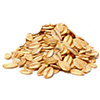 |
Oatmeal: 57.6 mg in 1 cup of cooked oats |
| 3 | 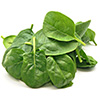 |
Spinach: 1 cup provides 157 mg |
| 4 | 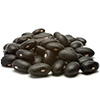 |
Black Beans: Just 1/2 cup equals 60 mg |
| 5 | 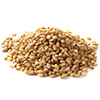 |
Sesame Seeds: 101 mg in 1 ounce roasted |
| 6 |  |
Sunflower Seeds: 128 mg in 1/4 cup |
| 7 |  |
Bananas: 1 banana contains about 32 mg of magnesium |
| 8 | 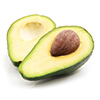 |
Avocado: 1 medium-sized avocado has about 58 mg |
| 9 | 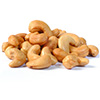 |
Cashews: 89 mg in 1/4 cup |
| 10 |  |
Dark Chocolate: 1 square can contain up to 95 mg of magnesium |
Chances are good you already eating these types of magnesium-rich foods, but you might not be eating enough to keep your body optimally energized. Try upping your magnesium intake and pay attention to any changes in your body’s natural energy levels.
You be well, now.
Swanson
*These statements have not been evaluated by the Food and Drug Administration. These products are not intended to diagnose, treat, cure, or prevent any disease.
Sources
1. Magnesium and Human Health. International Journal of Endocrinology. Read source
2. Molecular Biology of the Cell. National Library of Medicine. Read source
3. Role of Magnesium. National Library of Medicine. Read source
